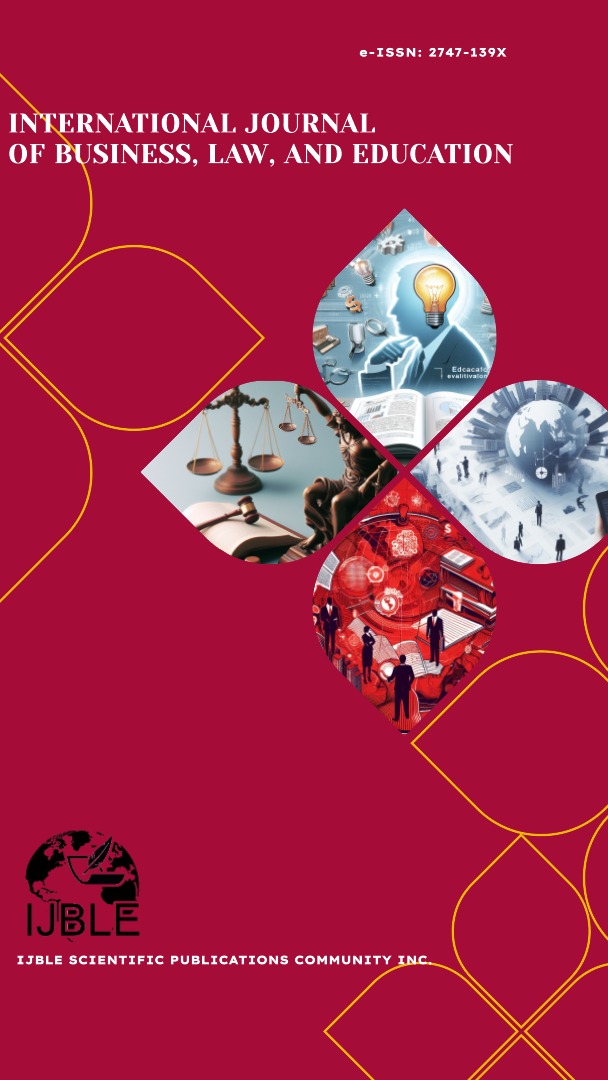The Effect of Individual Characteristics and Employee Engagement on Hotel Employee Turnover Intention in Medan
DOI:
https://doi.org/10.56442/ijble.v5i1.545Keywords:
Individual Characteristic, Employee Engagement and Turnover IntentionAbstract
This study aims to determine whether Individual Characteristics and Employee Engagement affect the Turnover Intention of Hotel employees in Medan. The design of this study is quantitative, namely research to identify and show the influence of one variable on other variables. The study population included all hotel employees in Medan, totalling 211 people. The sampling technique used is Simple Random Sampling. This study's sample was all employees with permanent status at 3-star Hotels in Medan, totalling 68 respondents. This study used descriptive data analysis techniques and multiple regression analysis with the T-test (partial test), F-test (simultaneous test), and coefficient of determination test (R2). The tool in this data analysis test uses multiple linear regression models. The results of this study prove that individual Individual Characteristics significantly influence the Turnover Intention of Hotel employees in Medan. Employee engagement significantly influences the turnover intention of hotel employees in Medan. The results of simultaneous testing prove that Individual Characteristics and Employee Engagement simultaneously affect the Turnover Intention of Hotel employees in Medan.
Downloads
Published
How to Cite
Issue
Section
License

This work is licensed under a Creative Commons Attribution-NonCommercial-ShareAlike 4.0 International License.







